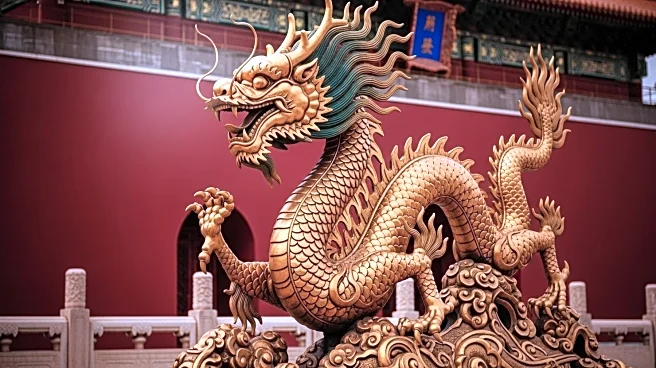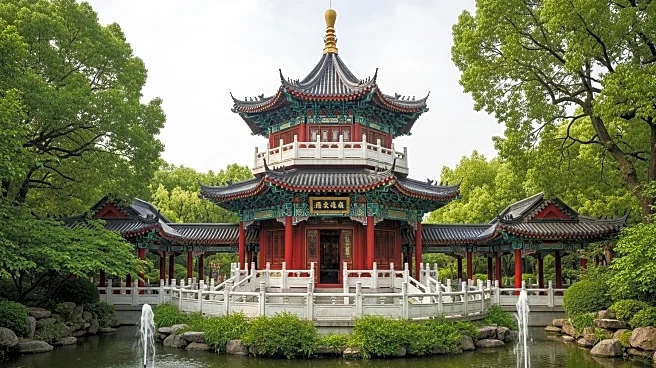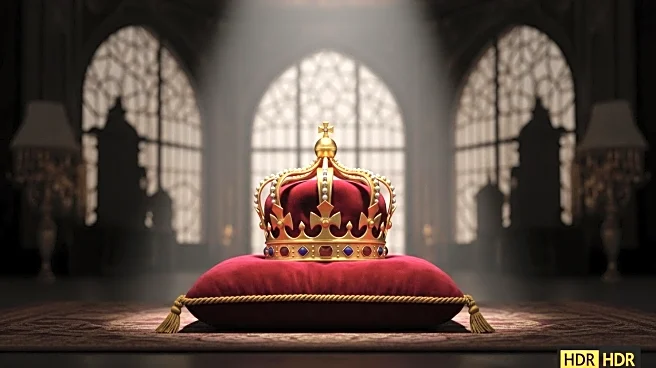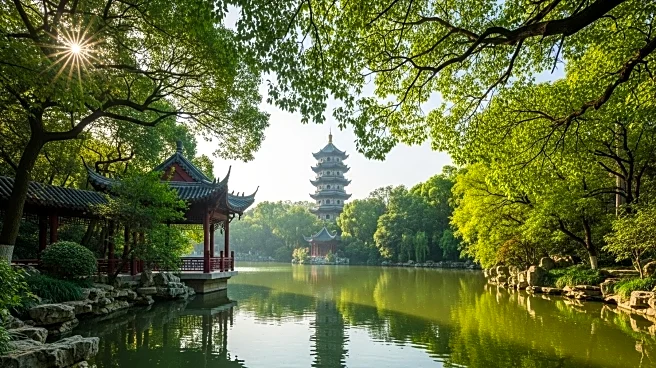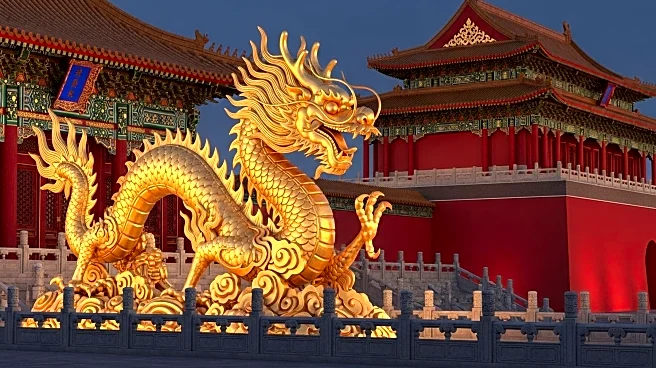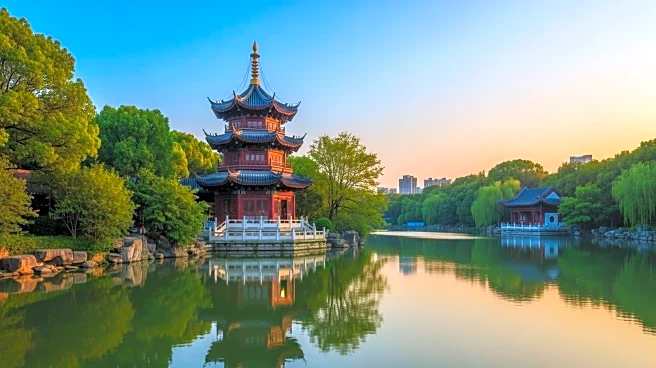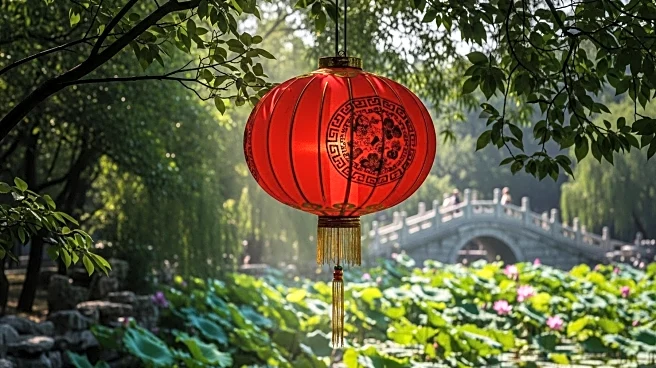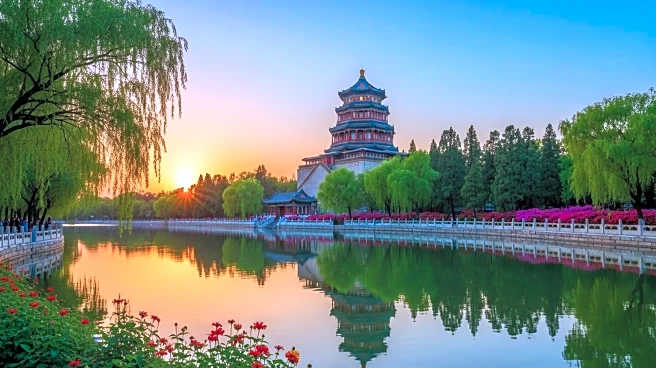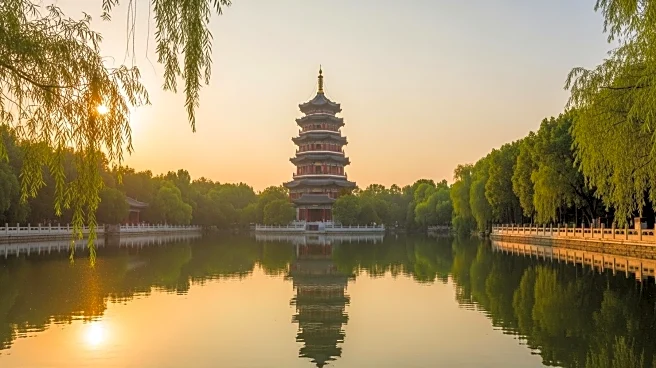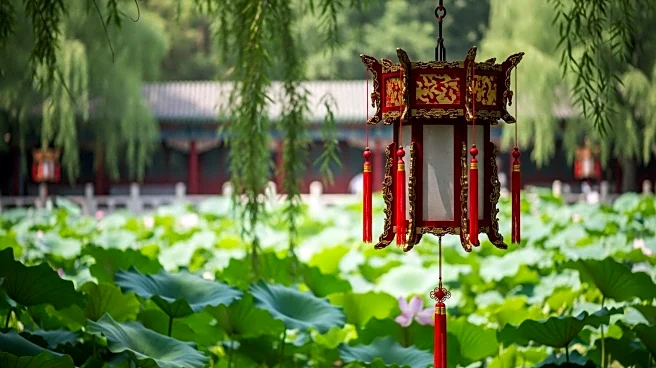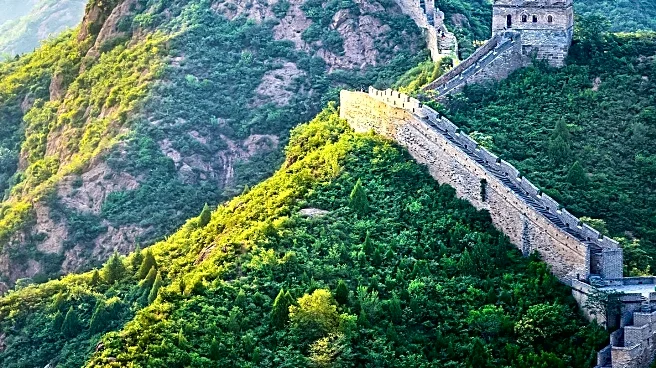What is the story about?
The Forbidden City, a historic palace complex in Beijing, China, is a treasure trove of fascinating facts and details. As the former imperial residence, it holds a wealth of information about Chinese history, architecture, and culture.
Core Facts
The Forbidden City covers an area of 72 hectares and consists of 980 surviving buildings with 8,886 bays of rooms. It was constructed between 1406 and 1420 and served as the home of 24 emperors from the Ming and Qing dynasties. The complex is a UNESCO World Heritage Site, recognized for its architectural and cultural significance.Notable Details
One of the most intriguing details about the Forbidden City is the myth surrounding its number of rooms. Oral tradition claims there are 9,999 rooms, but surveys have shown this is not accurate. The layout of the complex was designed to reflect the hierarchical nature of the imperial court, with specific areas designated for different functions.Comparisons and Contrasts
Compared to other royal palaces around the world, the Forbidden City stands out for its sheer size and historical importance. While European palaces often served as symbols of wealth and power, the Forbidden City was primarily a political and ceremonial center, reflecting the unique governance style of the Chinese empire.Key Data Points
The Forbidden City attracts approximately 16.7 million visitors annually, making it one of the most visited historical sites in the world. Its preservation as a museum ensures that the rich history and cultural heritage of the complex continue to be accessible to people from all over the globe.AI Generated Content
Do you find this article useful?
